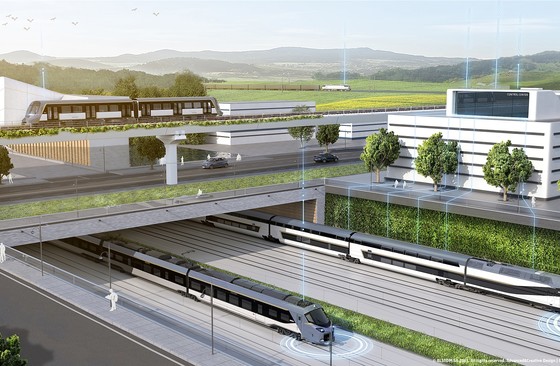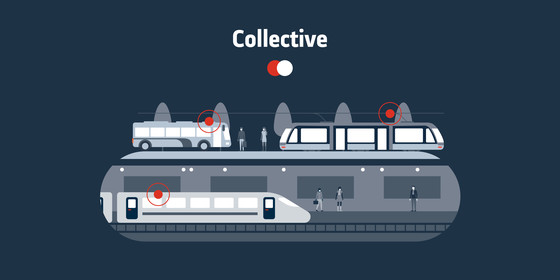
Autonomous mobility will be collective, systemic, connected and tailored
Autonomous mobility will be collective, systemic, connected and tailored
As the world’s population continues to grow, the global reliance on road vehicles for transportation is becoming increasingly unsustainable, especially in light of emission reduction goals. In 2017, almost 72% of transportation-based greenhouse gas emissions in the EU came from road transport, while only 0.5% was attributed to rail. Rail is the greenest transportation option available, and a shift away from planes and road vehicles is vital to build greener societies on a global scale.

Stephane benefits from 25 years of in-depth experience in the transport sector that includes expert knowledge of signalling and command and control industries. He started his career as an academic and was involved in research programs for the chemical engineering industry and nuclear power plants and holds a PhD in Control Engineering and Artificial Intelligence.
Today, Stephane is the VP of Innovation and Smart Mobility aiming at developing digital mobility solutions with specific focus on multi-modality, intelligent transport solutions and autonomous driving. Smart Mobility also covers digital foundations around data management, data science, modeling and simulation.
Looking at Stephane’s track record it might not come as a surprise that he is a major Star Wars fan, or just like Yoda would phrase it “Always in motion the future is.”
Connect with Stéphane on LinkedIn
For rail to be the most attractive option for urban, regional and international travel, trains need to provide the highest levels of quality, reliability and efficiency. This is where autonomous train operation comes into play. Digitalising certain train operations, compiling data and employing the advanced processing capacities of artificial intelligence can ensure a shift towards sustainable rail transportation by making journeys faster, more comfortable and more punctual.
While there are many benefits of autonomous train operation for both operators and passengers, in order for it to become the standard for rail everywhere, autonomous mobility has four main requirements:
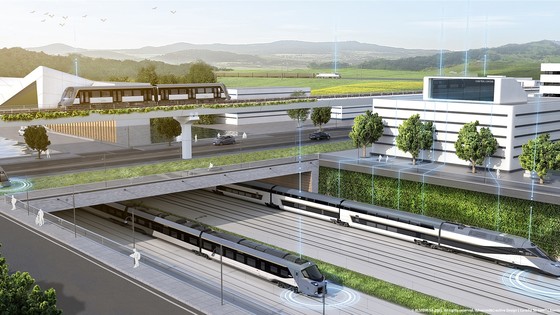
Collective: working together for a greener world
Even if low-carbon alternatives such as electric or hybrid vehicles are available, private autonomous vehicle use is not compatible with reducing traffic congestion and greenhouse gas emissions, especially as urban populations are steadily growing. Autonomous mobility must therefore be collective, meaning services will need to be provided through collective transportation in order to ease congestion and reduce ecological footprints. Rail is and will remain the backbone of mobility in a sustainable world, supplemented by lighter transportation modes, such as public or private vehicles, for first-and-last-mile journeys.
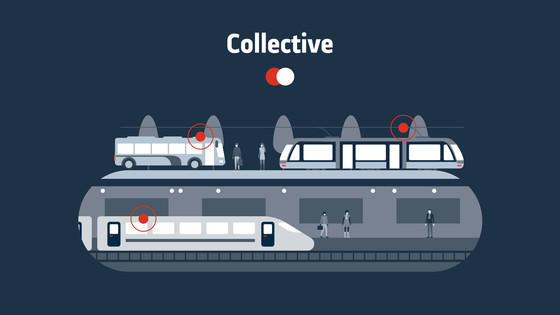
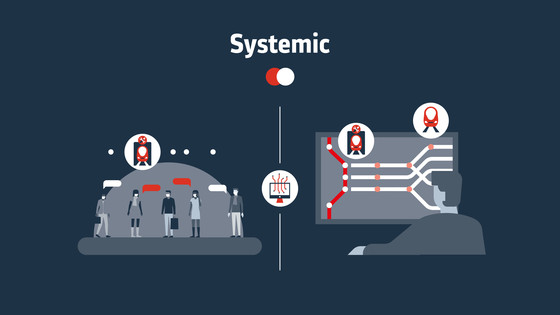
Systemic: autonomous fleet orchestration
For efficient and safe mobility, autonomous vehicles need to be able to work together as a fleet in order to get the right transport mode to the right traveler, at the right time. True multimodal transportation requires centralised control centres, at the urban or even national level, that can orchestrate autonomous mobility and respond to disruptions throughout the entire system. Thanks to the data gleaned from autonomous trains and digital trackside equipment, operators can then identify problems remotely and quickly adjust other transportation offers to meet demand, in an efficient and coordinated response.
Connected: autonomous mobility connected to intelligent infrastructure
The rail industry is already used to developing complex systems that involve the use of both trackside infrastructure and on-board intelligence. This is important, as trackside infrastructure remains necessary not only to collect signalling data, but also to interpret it. There is no need to install digital technology, like a camera for example, on an autonomous train to help it decide whether a signal is red or green when the intelligent infrastructure is already capable of relaying that information. In short, it is more efficient and cost-effective for the operator to have the train receive information from existing intelligent infrastructure than to alter the train’s intelligence to be able to read and interpret signals itself.
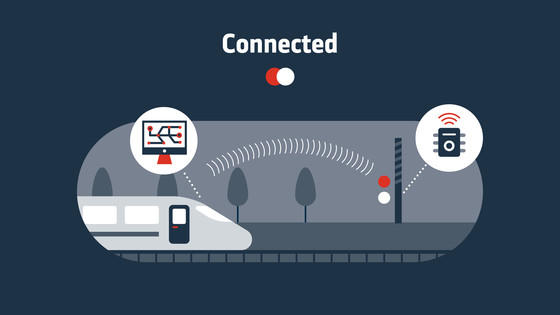
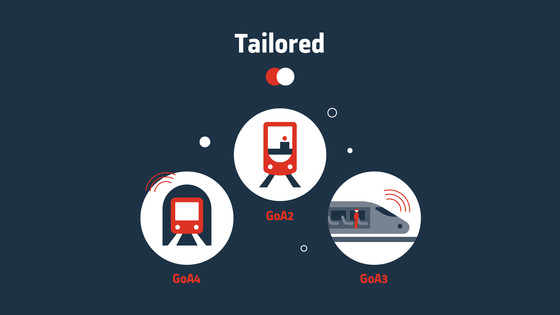
Tailored: the right amount of automation
The objective of Alstom and collective mobility operators is not to make all trains everywhere fully automatic. Many factors come into play when determining the level of automation for a particular line: public interest (reopening of low-density lines), economic viability, purpose, availability (shortages of drivers in some areas) and progress is not just about the technology being ready, local regulations also need to be in place. Autonomy needs to be tailored to the right level of automation, optimising the balance between cost and results.
Automation of trains is on track
For decades, the autonomous vehicle has been heralded as the next great technological leap of humankind, yet the production of self-driving vehicles continues to be more of a dream than a reality. In contrast, the technology to automate trains has already been around for 30 years, with many urban metro systems already employing fully automated metro trains.
As we are gradually extending the implementation of automatic train operation from closed, delimited systems (metro) to more open environments (mainline and freight), it is vital that we ensure the presence of the four pillars of autonomous mobility. In this way, we can count on reduced costs as well as improved efficiency, reliability and punctuality, benefiting both operators and passengers alike.
